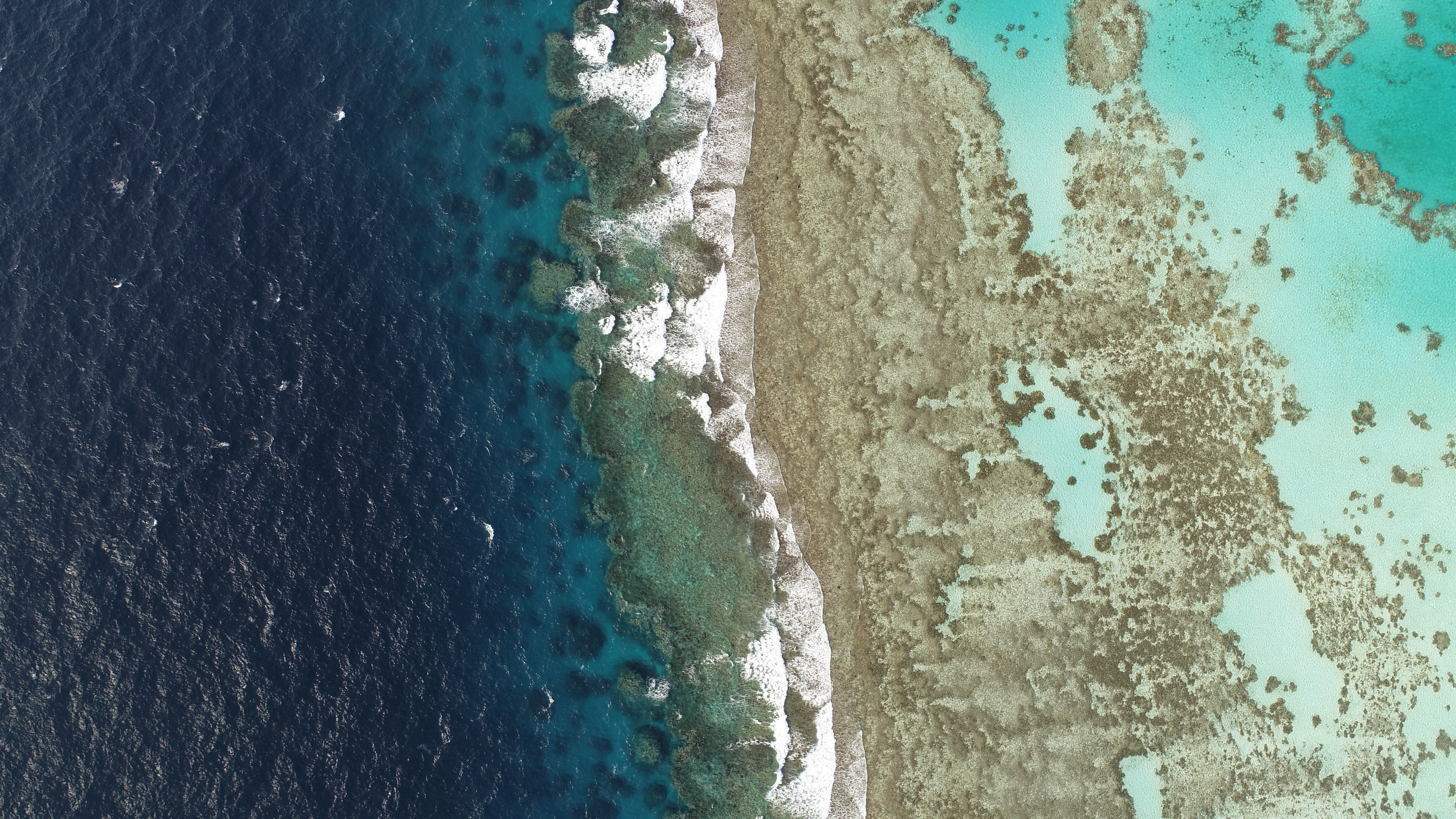

Postdoctoral Fellow
john.majoris@kaust.edu.sa
Alumni
John’s interest in studying the early life history of coral reef fishes began in the basement of his parent’s house in Western Pennsylvania. There, he had setup a 90 gallon aquarium with many different species of coral reef fish. After many months, he noticed that several species were beginning to spawn in the aquarium. He began feverishly trying to find information about how to raise their larvae, but was baffled to find that only a handful of reef fishes had been raised in captivity. Even worse, the methods for success were often kept secret.
This experience inspired John to pursue a dual bachelor’s degree in Marine Biology and Aquaculture at Florida Institute of Technology. At Florida Tech, John worked in the Fish Ecophysiology Laboratory investigating how prey selection changes throughout ontogeny in reef fish larvae, and assisted in the development of rearing protocols for several coral reef fishes. This experience played an important role in honing his research interests. John went on to pursue his Ph.D. at Boston University (BU), where his dissertation focused on investigating the early life history and movement behavior of reef fish larvae. To accomplish this, he pioneered rearing methods for two species of neon gobies endemic to the Belizean Barrier Reef. He then investigated the ontogeny of their swimming abilities and settlement behaviors. Continuing as an NSF funded Postdoc at BU, and in collaboration with researchers at the University of Miami, John used cultured neon goby larvae to investigate the ontogeny of orientation behavior in situ in order to determine when larvae begin to orient their movement, and how these behaviors might relate to patterns of larval dispersal.
At KAUST, John plans to continue investigating the role of larval movement behaviors in shaping patterns of dispersal and connectivity in the Red Sea. Specifically, John intends to establish a reef fish aquaculture program at KAUST with the goal of expanding our understanding of how larval behavior varies both within and among species, and to determine how these behaviors influence the spatial scale of larval dispersal. Ultimately, understanding the mechanisms that drive patterns of larval dispersal and population connectivity will aid in the design of effective networks of marine reserves.
Find him on Google Scholar, Twitter: @Goby_Wan, and Instagram: @jmajoris